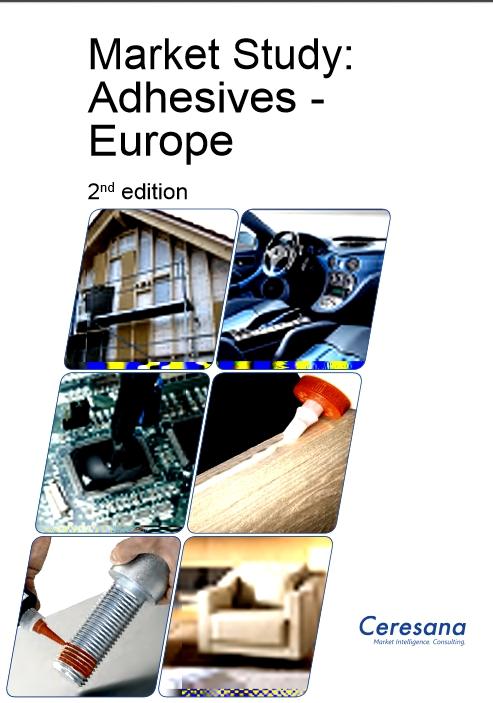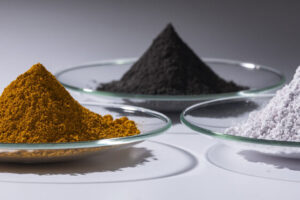Adhesives are a part of all aspects of daily life and beyond: at home and at the office, in sports and leisure goods as well as in industrial processing and many other segments. Given their versatility and increasing performance, they are still becoming more and more important.
Today’s world would no longer be possible without adhesives. The market research institute Ceresana forecasts consumption of adhesives in Europe to increase to approx. 3.5 million t in 2020. Thanks to its sound economic structure, Germany will remain the largest European sales market for adhesives. France, Italy, and the United Kingdom follow at a considerable distance. Especially Russia, Poland, and Turkey will profit from increasing domestic consumption. „We expect dynamic growth rates of up to, on average, 4.2 % p.a. for Eastern Europe in particular“, explains Oliver Kutsch, CEO of Ceresana.
Different development in individual countries is apparent in the applications of adhesives in particular. The sectors construction and automobiles were hit hardest by the effects of the crisis. In EU countries suffering from high debt, these segments will remain weakened since there is but little scope for business activity support programs. Other countries, however, will be able to support their construction sectors through investment programs.
The automotive industry is one of the most important applications for adhesives. A clear trend can be observed in this segment: Due to better preconditions for production, upstream production processes are relocating from Western to Eastern Europe, e.g. Russia. Plants in Western Europe, however, largely remain in existence.
Despite increasing digitalisation, the application area paper and packaging will continue to account for the largest share of adhesives demand. Packaging is becoming more important. In total, companies in the three sectors construction, automobiles, and paper/packaging are responsible for about two thirds of European demand for adhesives.
The tendency in production processes is shifting towards solvent-free environment-friendly adhesives, as they are becoming more popular. This process is more advanced in Western Europe, but Eastern Europe is also increasingly utilising alternative products due to their trade connections.
Share:









